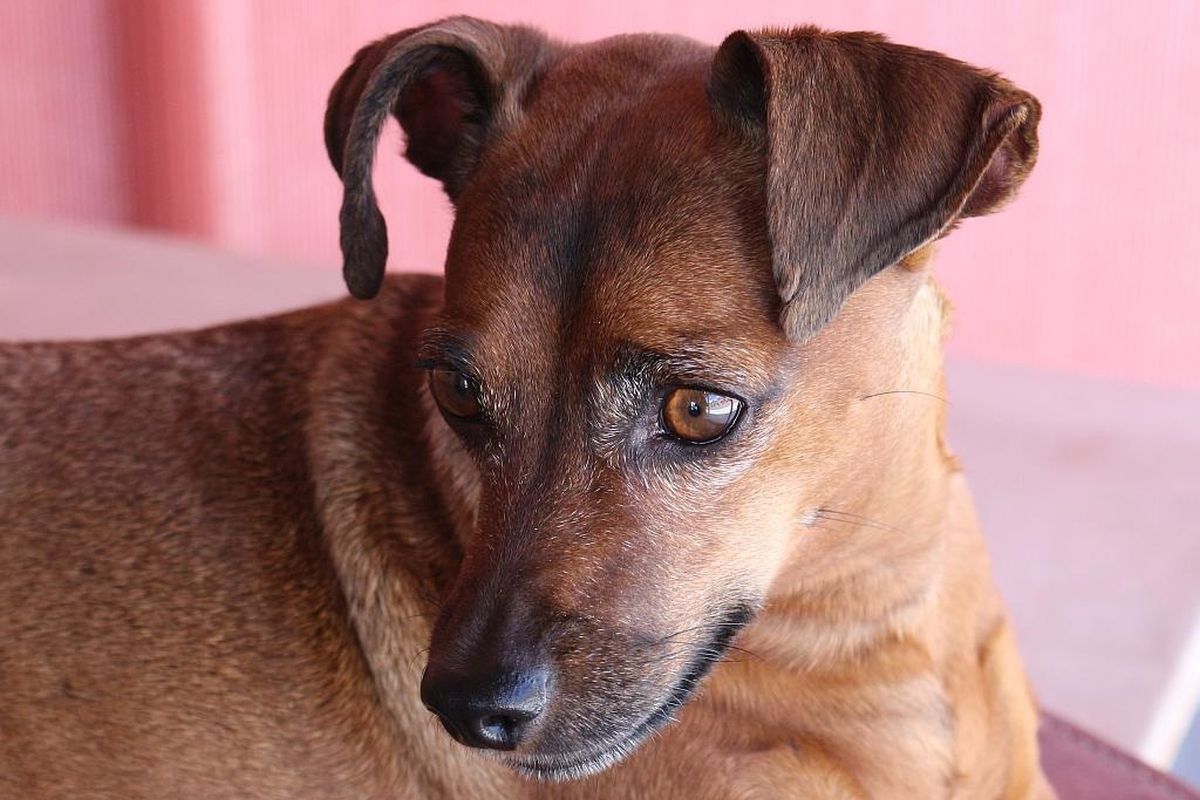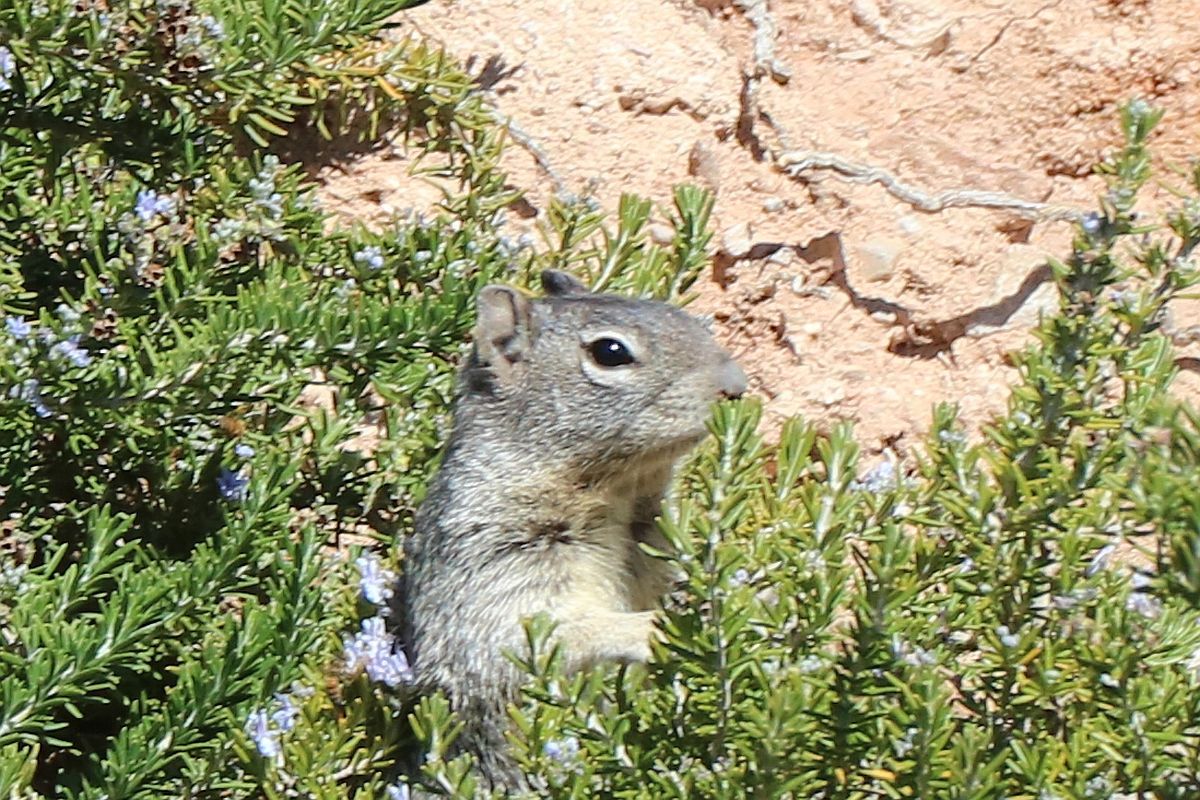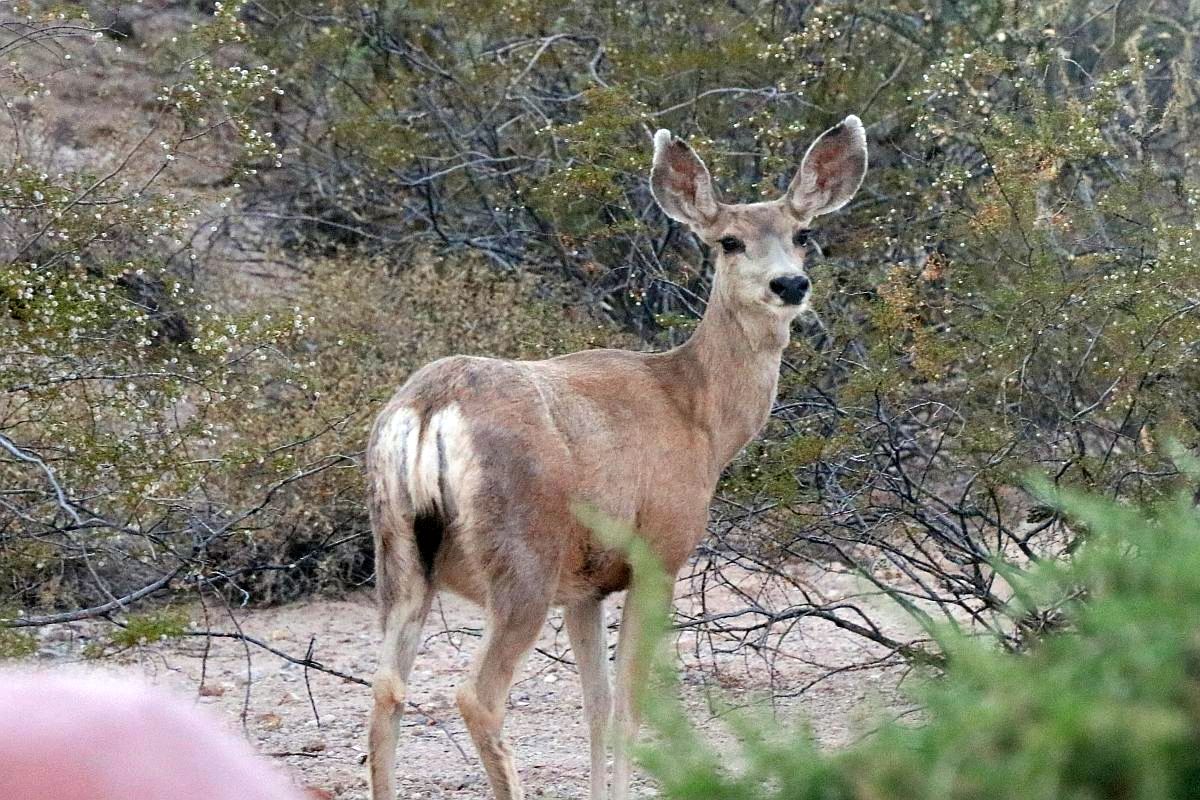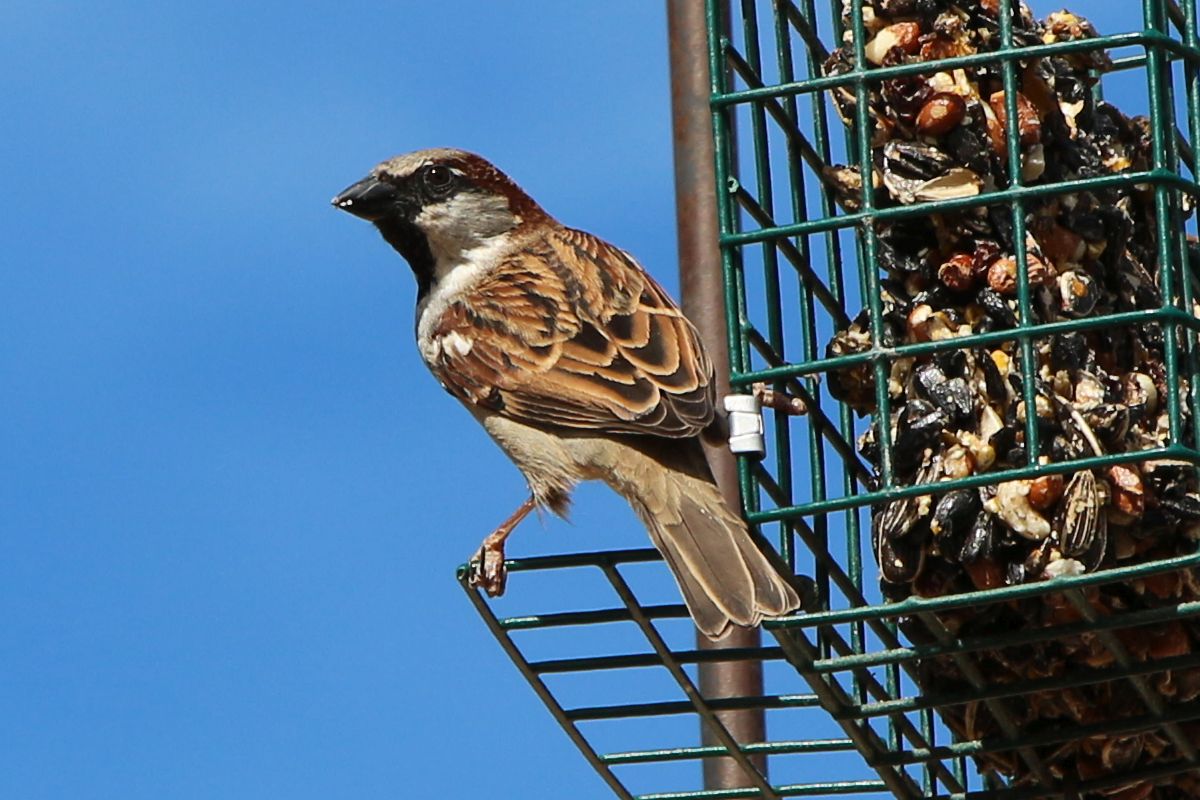“Beethoven” A.K.A. “Bay Bay,” sadly, is no longer with us. He passed last evening (Valentine’s Day) at the Vet who performed the euthanasia. The poor little guy had acute kidney failure and had lost most of his appetite and finally stopped eating last week and he stopped hydrating on Sunday. We had little choice but to take him in for the procedure. He had lost nearly half of his body weight since a month ago. Verna and I are devastated and miss him terribly.
We adopted him when he was a year and a half old on September 29, 2011 and he had been our constant companion for over ten years, so we can’t complain about having been with him for quite a long time, as dogs go. Bay Bay’s 12th birthday would have been in a couple of weeks on March 2nd.
So Long, Little Buddy – See you on the other side …







